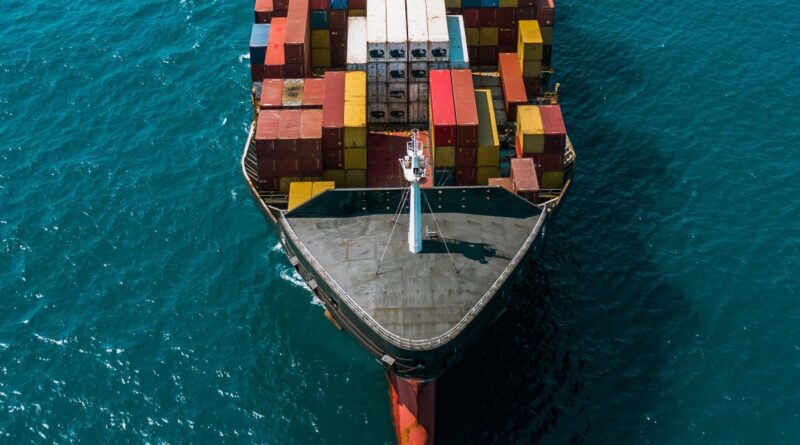Red Sea turmoil: “We must get used to keeping higher inventories”
The latest supply chain disruption – due to Houthi rebels attacking container ships in the Red Sea bound to pass through the Suez Canal – has posed another sizeable challenge for the cycle trade to tackle.
Fuel and insurance costs are rising as container ships opt for the 3-4 week longer route around Africa’s Cape of Good Hope to avoid attack – costs that may initially hit importers and distributors but are destined to ultimately hit the consumer, particularly if the disruption continues. Container xChange estimates fuel costs increase 20-23% for containers heading around the Cape of Good Hope.
Likewise demand for containers is on the up, with Chinese New Year on the way and presumably more containers committed to longer journeys.
This latest disruption has led some supply chain pundits – like Christian Roeloffs, cofounder & CEO, Container xChange – to state that retailers must get used to keeping higher inventories as supply chain disruptions become a norm.
Higher inventories do not necessarily go hand-in-hand with a trade that is reasonably dependent on new products and new season bikes or ranges. Therefore the cycle trade may have to – should supply chain disruption continue to be a recurring problem – have to look to solutions other than higher inventories.
Customers of the Container xChange platform affirm that the shipping lines have raised their slot prices significantly. A Container xChange customer based and operating in Singapore shared that: “Average rate on China-Europe quoted this week is about US$5400/40’HC, up from US$1,500 (3X) just the week before.”
Roeloffs added: “Ultimately, the final consumer pays the freight cost. In the short term, usually there is some intermediary that pays the bills, because they have promised at some certain price, but ultimately in normal circumstances, the price per unit is adjusted marginally to the end consumer when such a disruption occurs.”
“There is always safety stock, that retailers keep, so buffer stock is there. Yes, it soaks up some capacity, but this event doesn’t have the capacity to impact inventory to an extent that we do not see products on the shelves. I don’t see that coming.”
The firm reckons that the shipping and the global trade largely have become relatively more resilient to supply chain shocks as these become evidently more frequent and persistent.
“As we witness continued disruptions disturbing the global supply chains in the mid to long term, we will see enhanced supply chain resilience,” added Roeloffs.
Image by Alexander Bobrov from Pixabay



